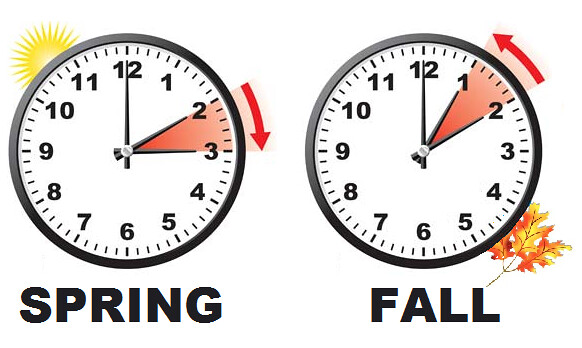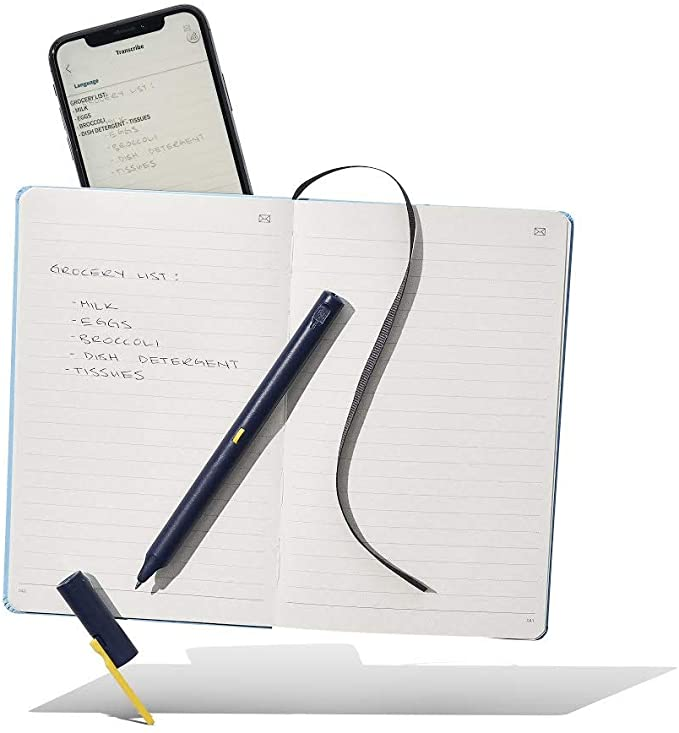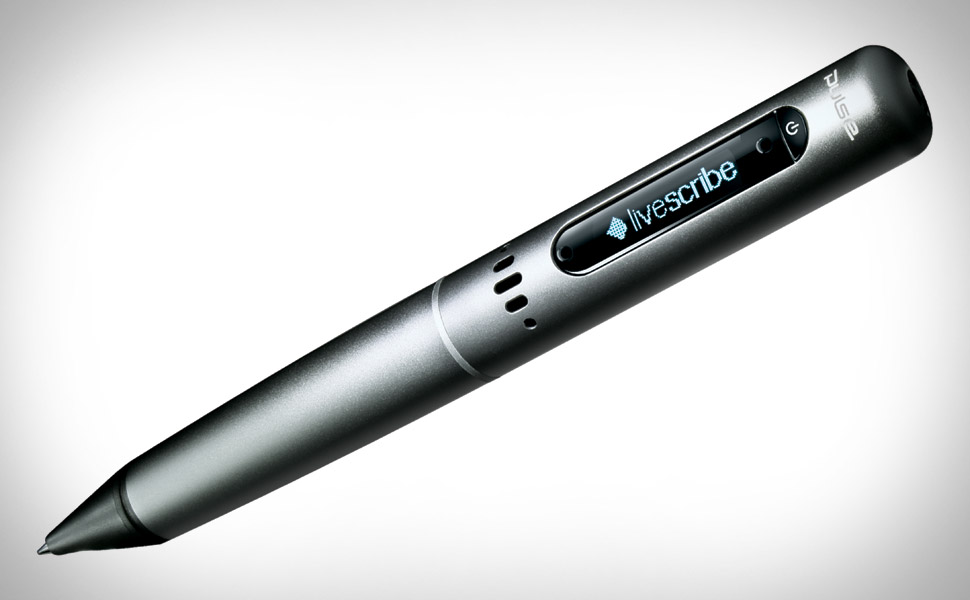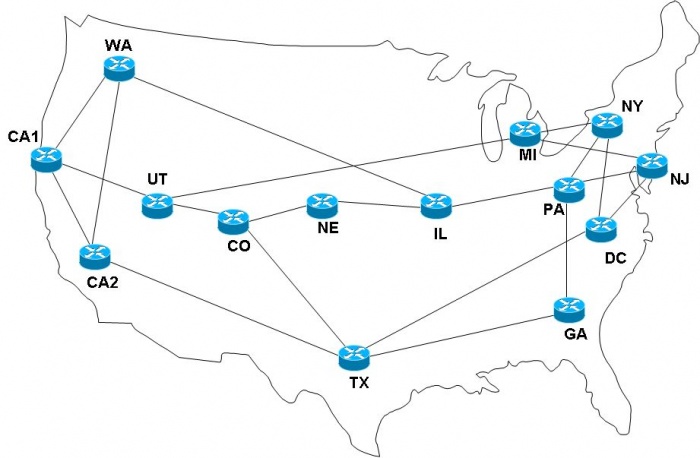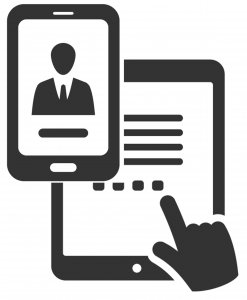In the US today, the 2nd Sunday in March and the first Sunday in November, most of the country recognizes Daylight Savings Time (DST).
From the human desire to commune with nature to the yearning for a longer golf game, nothing was enough to win the argument for change until the trump card came calling: the great war. It took the need to save energy to officially move the needles.
Despite popular belief, Daylight Savings Time (DST) was not implemented in the US to benefit farmers. It was first used in the US in 1918 for 7 months as a means to conserve energy for the wartime efforts of WWI. It was repealed until implemented once more during WW2, referred to as “War Time”.
DST wasn’t a uniform policy in the US until 1966, when Lyndon Johnson signed the Uniform Time Act into law on April 13, 1966. It took 8 years for the law to be fully and effectively implemented across the US.
Arizona and Hawaii have never recognized Daylight Savings Time. US Territories closer to the equator also do not recognize DST, including Guam, Puerto Rico, and the US Virgin Islands.
Did you know… Daylight Savings Time in the US is called Summer Time in most of Europe.
Did you know…. in 2005, President George W. Bush changed the dates of DST in an effort to further save energy. What had been the first Sunday of April to the last Sunday of October for decades, 2007 began DST the second Sunday in March and to the first Sunday in November.
Did you know… most of the world either never observed, or has since stopped observing, DST.
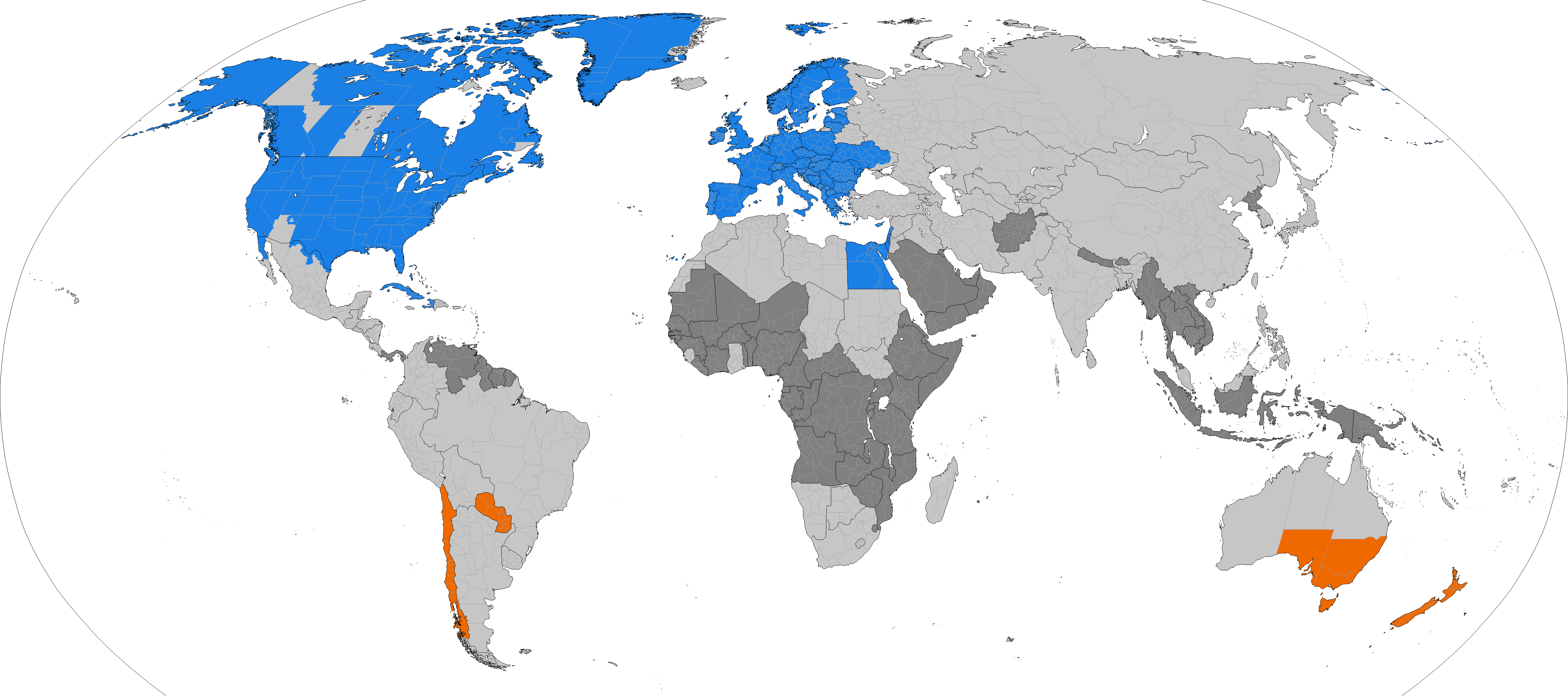
Did you know… All of China is under one time zone.
Did you know… India is also under one time zone (India Standard Time, IST), yet it’s on the half hour (UTC +5:30) and nobody knows why. Theories include the fact that New Delhi is halfway between meridians, so instead of choosing one over the other, they split the difference and applied it across the country.
Did you know… Newfoundland and Labrador is another location on the half hour (UTC -3:30). Why? Well, Newfoundland, at least, at the time was its own domininion, and hence had the right to choose its own time zone. And alas, in 1935 the Newfoundlandians selected their time zone based on the actual time from Grenwich time: 3:30 hours.

